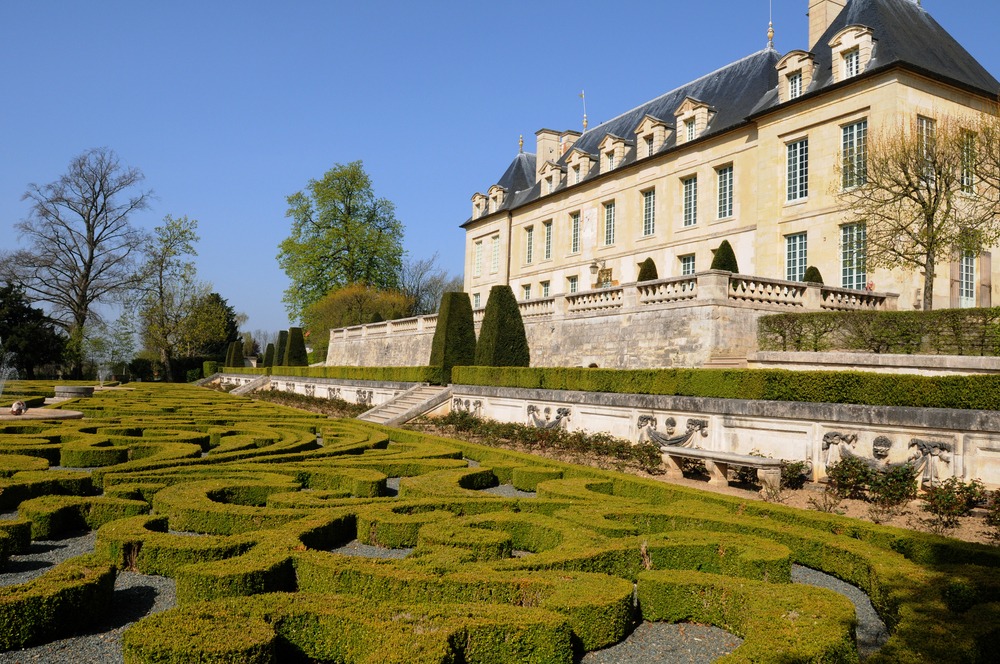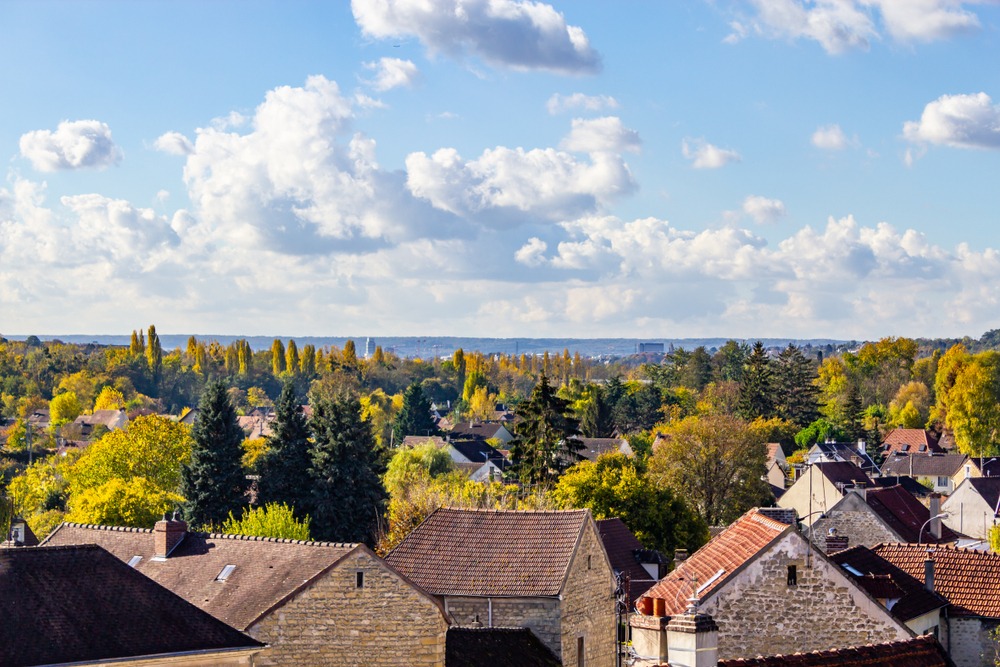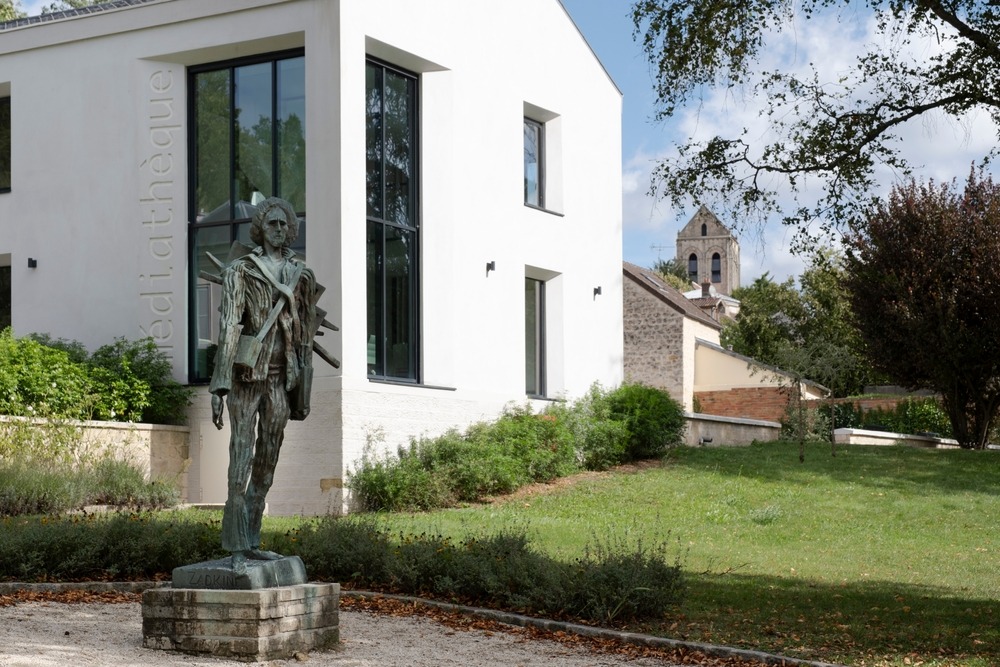Auvers-sur-Oise, France: A Village Painted in History and Immortalized by Art – Detailed History and Top 25 Attractions

A DETAILED HISTORY OF AUVERS-SUR-OISE
Early Origins and Medieval Roots
Auvers-sur-Oise, located about 27 kilometers (17 miles) northwest of Paris, lies along the banks of the Oise River and upstream from the Seine River. Its name derives from the Latin “Alvernae,” indicating a settlement that dates back at least to Gallo-Roman times. By the medieval period, Auvers was a small but strategically situated agricultural village, nestled in the Île-de-France region, with fertile fields, a river for transport, and proximity to major routes linking Paris to Normandy.
In the 11th century, Auvers became known for its religious life, marked by the construction of Église Notre-Dame-de-l’Assomption, a Romanesque church later immortalized in art. Over the centuries, it remained a quiet, rural commune, supported largely by agriculture, milling, and fishing along the Oise River.
19th Century: The Birth of an Artistic Sanctuary
Auvers-sur-Oise transformed profoundly in the 19th century. The expansion of the railway system brought accessibility to Paris, and with it came a wave of artists seeking serenity, natural light, and inspiration. The lush countryside, rustic architecture, and gentle riverbanks made it an ideal destination.
The village became a magnet for Impressionist and Post-Impressionist painters, including Charles-François Daubigny, who settled there in the 1860s and built a riverside home and studio. His presence drew others—Camille Pissarro, Paul Cézanne, and most famously, Vincent van Gogh.
Vincent van Gogh and His Final Days
In May 1890, Van Gogh arrived in Auvers after a stay at the asylum in Saint-Rémy-de-Provence. He came under the care of Dr. Paul Gachet, an amateur artist and patron of the arts. Over just 70 days, Van Gogh produced more than 80 paintings and 60 drawings, some of his most iconic works, including Wheatfield with Crows, The Church at Auvers, and Portrait of Dr. Gachet.
On July 27, 1890, Van Gogh tragically shot himself in a nearby field. He died two days later in his room at the Auberge Ravoux, which remains preserved to this day. He was buried in the local cemetery, joined the following year by his devoted brother Theo van Gogh.
20th Century to Today: A Pilgrimage Site for Art Lovers
Through the 20th century, Auvers-sur-Oise remained a relatively preserved and peaceful village, retaining its 19th-century character. It became a cultural pilgrimage site for those drawn to Van Gogh’s legacy and the broader history of Impressionism.
Modern Auvers is both a historical landmark and a living community. While artists continue to visit and paint, the village also hosts festivals, exhibitions, and events celebrating its artistic heritage.

TOP 25 ATTRACTIONS IN AUVERS-SUR-OISE
1. Auberge Ravoux (Maison de Van Gogh)
The inn where Vincent van Gogh lived during his final weeks. Room 5, his sparsely furnished room, remains untouched. The site also houses a museum and restaurant dedicated to his memory.
2. Église Notre-Dame-de-l’Assomption
Built in the 11th and 12th centuries, this Romanesque and Gothic church was famously painted by Van Gogh. Its soaring presence and somber angles remain just as he depicted them.
3. Van Gogh’s Grave
Located in the Auvers Cemetery, the adjoining graves of Vincent and his brother Theo are covered in ivy and serve as a humble, moving memorial for art lovers worldwide.
4. Château d’Auvers-sur-Oise
A 17th-century château transformed into a cultural center. Its immersive exhibit, “Vision Impressionniste”, uses multimedia to guide visitors through the birth of Impressionism and Van Gogh’s world.
5. Musée Daubigny
Set in a 19th-century house, this museum honors Charles-François Daubigny with works from him and his circle. It also showcases other artists of the Barbizon and Impressionist movements.
6. Maison-Atelier de Daubigny
Daubigny’s home and studio remain largely as he left them, decorated with frescoes by friends like Corot. It provides an intimate view into the daily life of a working artist of the era.
7. Doctor Gachet’s House
The home of Dr. Paul Gachet, Van Gogh’s physician and friend. The house has been restored and contains replicas of his etchings, paintings, and botanical gardens that once inspired both doctor and patient.
8. Rue du Montcel
A picturesque lane that inspired numerous painters, lined with old stone walls, flowering vines, and views over the surrounding fields and farms.
9. L’Atelier de Camille Pissarro (Nearby in Pontoise)
Though technically just outside Auvers, Pissarro’s studio is an important satellite attraction, providing insight into the broader Impressionist community of the region.
10. L’Absinthe Museum (Musée de l’Absinthe)
Located in a restored 19th-century café, this quirky museum explores the culture, controversy, and influence of absinthe, a drink often associated with bohemian artists.
11. The Wheat Fields
The open, windswept fields beyond the village where Van Gogh painted some of his most powerful final works. Marked trails and signs lead visitors to the exact spots.
12. Parc Van Gogh
A landscaped park near the Ravoux Inn featuring reproductions of his paintings and walking paths that mirror scenes from his works.
13. Galerie d’Art Contemporain d’Auvers
This local gallery features rotating exhibits of contemporary art, offering a living artistic counterpart to the village’s historic legacy.
14. Chemin des Peintres (Painters’ Trail)
A marked walking path through the village and countryside, with reproductions of famous paintings placed where they were created. It offers an interactive way to see Auvers through the eyes of the masters.
15. L’Espace Van Gogh
An interpretive center that hosts seasonal exhibitions and cultural events focusing on Van Gogh and his contemporaries.
16. L’Atelier d’Art de Marie-Jeanne
A functioning art studio where visitors can see modern-day painting techniques, take classes, or meet local artists.
17. The Town Hall (Mairie d’Auvers-sur-Oise)
This building, too, was captured by Van Gogh in one of his vivid paintings. It stands as a bridge between civic life and artistic legacy.
18. Bateau Pédalo et Promenade sur l’Oise
During warmer months, boat and paddleboat rentals allow visitors to explore the scenic Oise River, as the Impressionists once did.
19. Les Lavoirs (Old Wash Houses)
Stone washhouses along the river and village springs that provide a glimpse into 19th-century rural life and inspired genre scenes in art.
20. Cimetière Russe (Russian Cemetery)
A lesser-known cemetery with beautifully carved Orthodox tombstones, revealing the multicultural layers of Auvers’ residents over the years.
21. La Galerie Municipale d’Auvers
A small city-run art gallery with changing exhibits from regional painters and school art projects, promoting ongoing artistic engagement.
22. Le Caveau d’Auvers
A traditional wine cellar converted into a music and event space, offering concerts, poetry readings, and cultural evenings.
23. Les Jardins du Château
Terraced gardens surrounding the Château d’Auvers, perfect for quiet walks, seasonal blooms, and scenic photo opportunities.
24. Le Cours de l’Epte (Hiking Trail)
A trail that leads into the surrounding countryside and nearby villages, ideal for longer walking or cycling excursions in Impressionist landscapes.
25. Journées des Peintres (Painters’ Days Festival)
Held annually, this festival invites contemporary artists to paint en plein air across the village—reviving the traditions of Van Gogh, Cézanne, and Pissarro in real-time.

Auvers-sur-Oise is not just a village—it is a canvas, a sanctuary, and a story. It pulses with the spirit of 19th-century artistic revolution, shaped as much by its light-dappled fields and ivy-covered stone walls as by the tormented genius of Van Gogh. Whether you’re tracing the exact steps of Impressionist painters, admiring Gothic spires, or simply sitting by the Oise River in a quiet reverie, Auvers envelops you in art, history, and timeless French charm. For any lover of culture, it is a pilgrimage both poignant and profound.

































